Feed Sack Totes







Enjoyed the project?
Resources for this project:

Comments
Join the conversation
-
 Patty Anderson
on Feb 06, 2018
Patty Anderson
on Feb 06, 2018
Thank you, Terri! It really is pretty simple, once you figure 3 inches for the roll under top, 17 inches, or as deep as you want your bag to be, and 2 three inch handles. Done! But I worried....because long ago, when I read a tutorial on making these, I just couldn't wrap my head around those handles! Also I figured that photo of making the diamond shape to create the width of your bag might help more than anything I could say! So give it a go! Oh...and a heart felt thank you, for your foster work. Why we can't seem to pass a mantatory spay/neuter law is beyond me. I'm a foster failure, that's why we currently have 7 fur-babies.....all rescues......

-
-
 Victoria Reed
on Aug 04, 2024
Victoria Reed
on Aug 04, 2024
We turn ours inside out; wash & rinse ours out and use as they are for grass clippings & wood chips (branches from trees run through wood chipper) to create mulch bags & moving them filled from one area to another. We have goats and dogs so we have a lot of these feed bags. I fold over the tops and duct tape down and let sit for several months in the sun. Use them also for all the goat poop. Then they're ready for spreading around the trees.
-



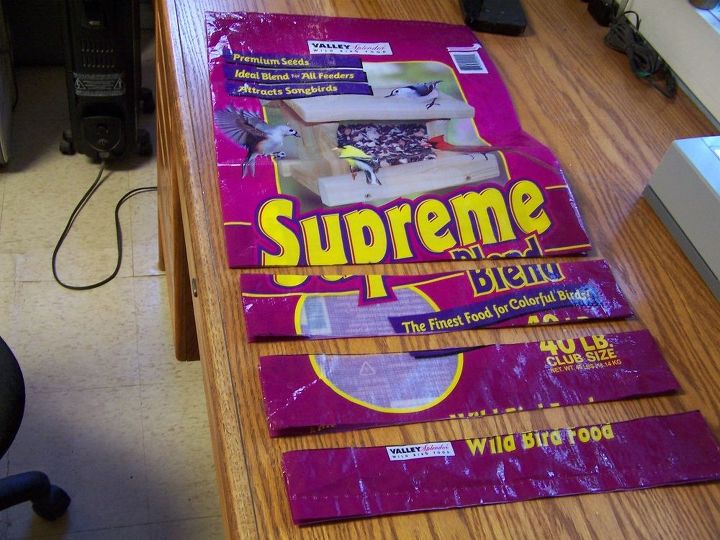

















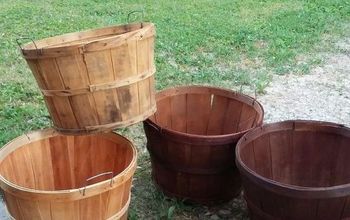



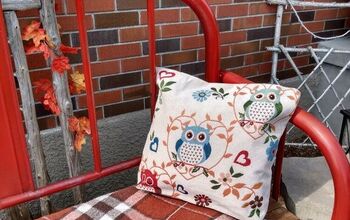


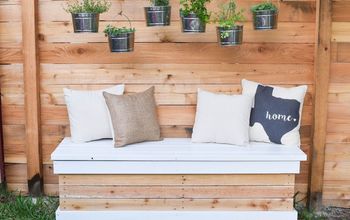

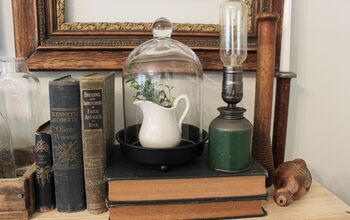

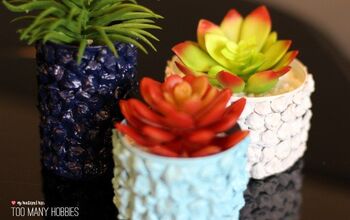
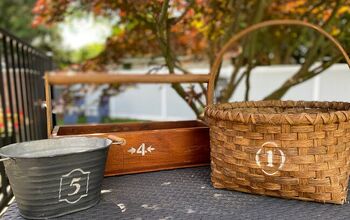
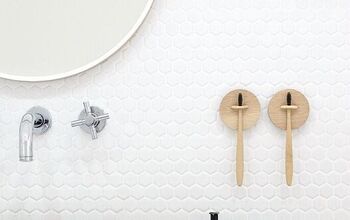
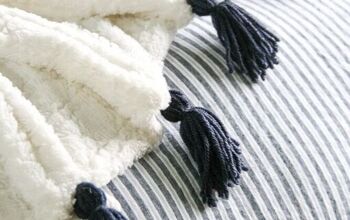


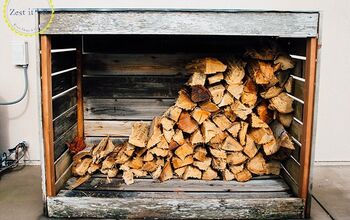

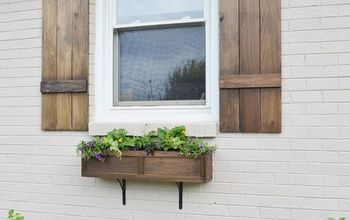
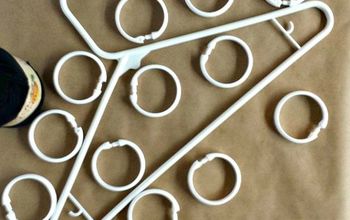
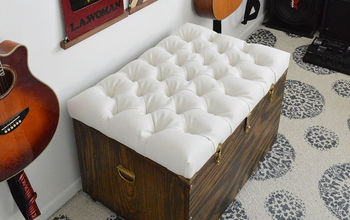
Frequently asked questions
Have a question about this project?
I go through at least 2 40 pound bags of dog food a month. How would I clean the insides.
Thanks for such clear directions.
Thank you for your tutorial!
I've made these before, and I have always had trouble with the tension - I've even jammed my machine several times! I appreciate your giving the tension and stitch settings! One question - What type of thread do you use?
Thanks!
Michelle